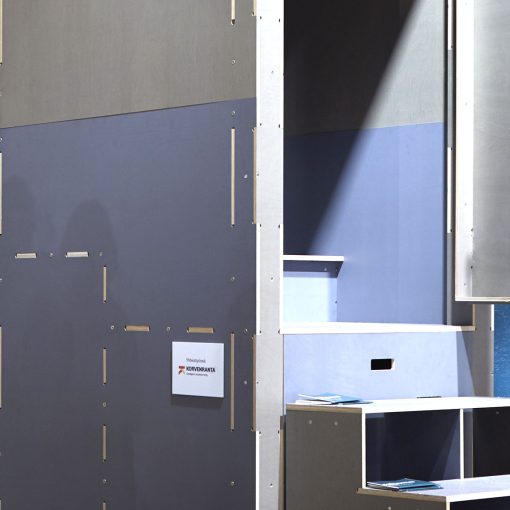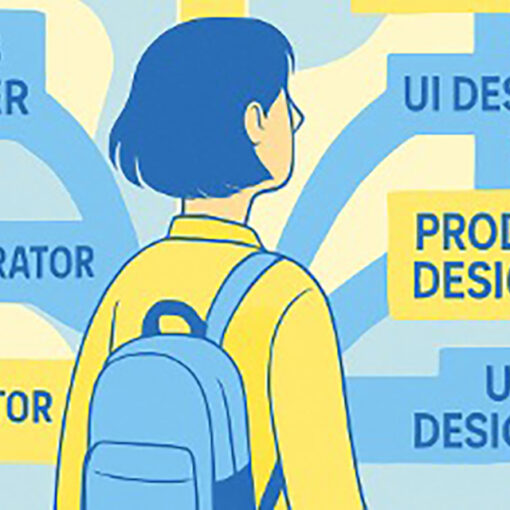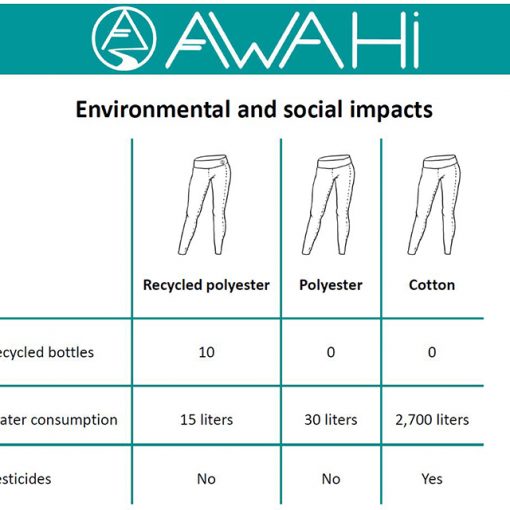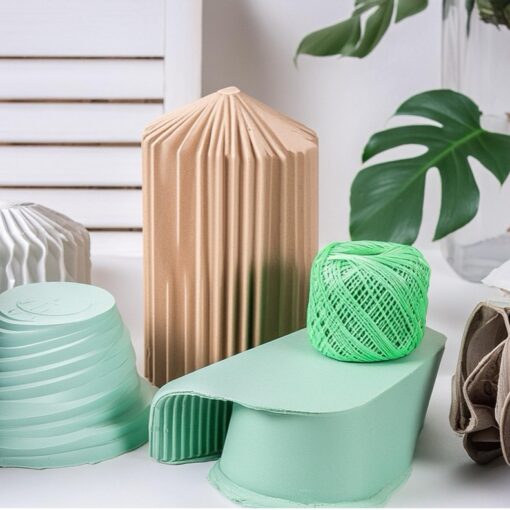Academic research can be more than producing insights, it can be a useful tool for empowerment. In design thinking, we recognize that users are true experts of their experiences. Through empathy and co-creation, we uncover needs that might otherwise remain hidden (Kelley & Kelley 2013, 21).
This is fundamental to good design, and the same principle can be applied to design education. Students, like users, are experts in their learning journeys. When involved in research as collaborators, they gain ownership and agency. The research becomes a process that strengthens creativity, confidence, and the capacity to shape the future of design.
Traditional approaches to academic research might be perceived as detached, where participants signify data sources rather than co-creators. Scholars have observed that research conducted in this way can feel alienating or disempowering, especially for marginalized or non-academic communities (Tse et al. 2015, 2). In contrast, our study at LAB University of Applied Sciences was designed to involve students as active contributors, reflecting on their practices and deriving agency through participation.
Reflections on a participatory research process
During the summer of 2025, five students from the Institute of Design and Fine Arts worked on product development projects for local companies. The students were selected via an interview and portfolio evaluation process. We conducted a case study about their creative journeys, focused on the effect of quintessential products as inspiration through the lens of cognitive science (de Moura Figueiredo 2025).
The data was collected through a multi-modal approach to obtain a holistic understanding of the participants’ processes and the factors that influenced them. The combination of self-reported data, observational and researcher-facilitated methods allowed cross-validation and deeper insight.
One of the strongest outcomes of the study was the students’ genuine enjoyment in reflecting on their creative processes. They were given the space to pause and articulate what was happening in their design work. Students were given opportunities throughout the projects, not only at the end, to share observations and feedback on the research process, which helped them feel heard and acknowledged as co-participants rather than passive subjects. The interventions also stood out in their feedback. Students described the experiments as helpful in overcoming creative blocks. As one participant noted, “It was something nice to do when I was stuck with ideas”. By situating the experiments within a supportive exploratory framework, the process was a resource that affected the students’ engagement and problem-solving. Another participant remarked “It was really good. And I, especially the word of the day thing, that was really good. I found it helpful, to start the day with that.”
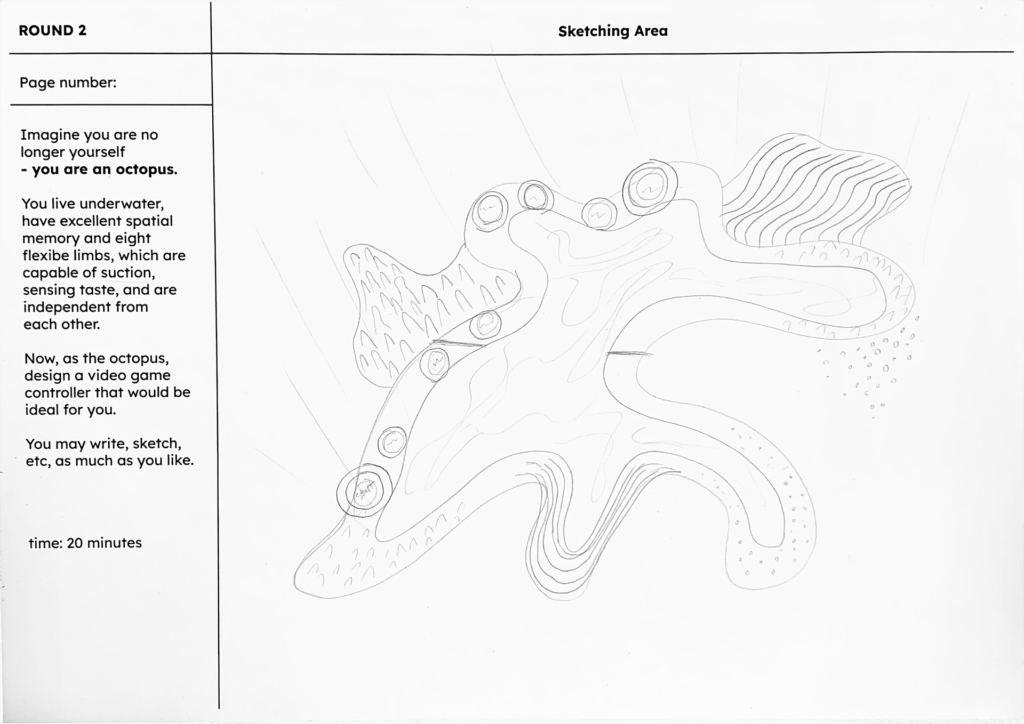
From Research to Radical Innovation
These findings resonate with the vision of LAB’s new Laboratory for Radical Innovations (LRI), which connects research, business, technology, and education in a single pedagogical model. Through close collaboration with business partners, student projects are anchored in real-world needs, ensuring relevance and impact. Our strong emphasis on technology pushes thinking toward the future, challenging students to engage with emerging tools and possibilities. Research plays a central role in validating these methods and refining practices through data-based insights. Education ties these elements together into a coherent learning experience, which equips students with the adaptability and confidence required to thrive in their professional careers.
The students’ experiences confirm the potential of this approach: when education is intertwined with real inquiry and experimentation, it raises the standard of learning. In this sense, design education can position itself at the forefront of innovation and equip emerging designers to be active shapers of the future.
When students become research partners, education transforms. Research is not detached; it becomes a journey that deepens learning, unlocks creativity, and builds agency. This is the vision of the Laboratory for Radical Innovations: to nurture a generation of designers who will not simply adapt to what comes next but actively create it.
Authors
Beatriz de Moura Figueiredo is a BA graduating student (design) at LAB University of Applied Sciences, Institute of Design and Fine Arts. She has been working at the Laboratory for Radical Innovations and is interested in applying systematic thinking to innovation research.
Katariina Mäenpää works as a Senior Researcher at the LAB University of Applied Sciences Laboratory for Radical Innovations. She has a PhD in Business & Administration with a strong marketing, consumer behavior, psychology & sociology base.
References
de Moura Figueiredo, B. 2025. Quintessential Design: Impact on inspiration and potential for radical innovation. Bachelor’s Thesis. LAB University of Applied Sciences, Institute of Design and Fine Arts. Lahti. Cited 16 Sep 2025. Available at https://urn.fi/URN:NBN:fi:amk-2025092925343
Kelley, T. & Kelley, D. 2013. Creative confidence: unleashing the creative potential within us all, Unleashing the creative potential within us all. 1st ed. London, UK: William Collins.
Tse, A.M., Palakiko, D.M., Daniggelis, E., Makahi, E. 2015. Facilitating Community Participants’ Research Engagement: Community Members’ Perceptions of Community-based Research International Journal of Nursing & Clinical Practices. Volume 2. 142. Cited 16 Sep 2025. Available at https://doi.org/10.15344/2394-4978/2015/142

